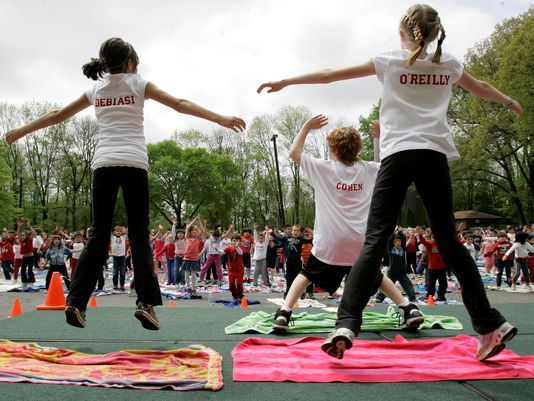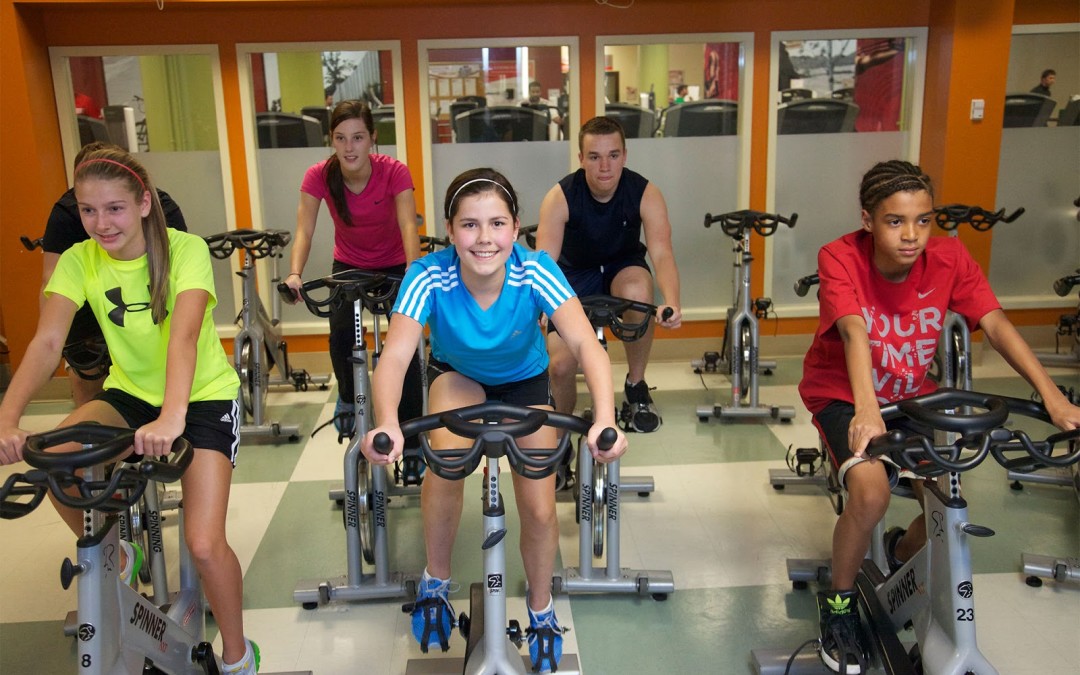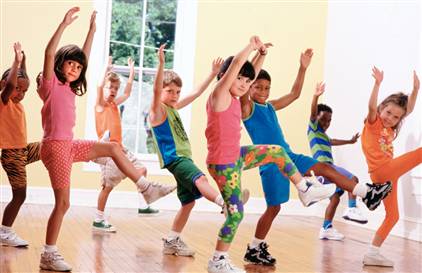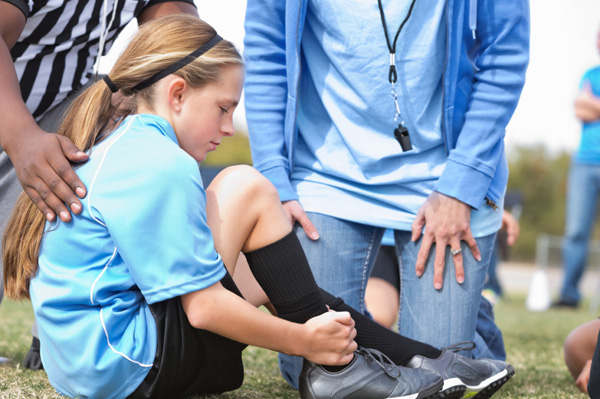
A Multidisciplinary Approach to Physical Education
To combat the challenges faced by the modern PE landscape and address the needs of modern youngsters, PE programs are beginning to adopt a unique multidisciplinary approach to improving fitness and preventing injuries while increasing the perceived value of physical education to the surrounding community.
Physical education has a unique opportunity in our country to reverse the current childhood obesity trend, however, access to physical education is at an all-time low. With an estimated 70% of youth not participating in the minimum recommended 60 minutes of physical activity per day, a mere 4% of America’s schools have daily physical education (1).

Why Should Teenagers Crawl?
Crawling is one of the reflexive movement skills that provide the foundation for contra-lateral movement (gait), trunk stabilization, hip flexion/extension cycles, shoulder stability, and many other essential foundations for higher level learned movements like skipping, jumping, etc.
There is also research to suggest a significant amount of neural activity, improving communication between the two hemispheres of the brain. Crawling is used in various forms of modern cognitive therapy.

Exercise and the Young Brain
With children, exercise does a lot more than build a better body, it builds a better brain!
The interaction between physical activity and development of particular areas of the brain plays a large role in improving attention, learning, judgment, self control, memory, speech, and variety of other cognitive skills.
Below are 3 key components of the brain involved with learning, and how physical activity plays a role in their development.

Training Children Should Be Fun!! – Part 2
If a child has a sense of ownership or investment in something, he or she will naturally want to take care of it and nurture it. It is important to create that experience in each training session. One way to do this is to give them some choice in what they will do by having two or three options for each goal you want to accomplish. You might ask if they want to play the Indian club bowling game or sandbag target toss to work on kinesthetic differentiation (accuracy in controlling their power).

Training Children Should be FUN!!! – Part 1
The key to keeping children engaged and coming back for more is to make it fun! Set the tone the minute they walk in the door and bring them up to your level of enthusiasm. Continue the workout in the form of games that will address all your fitness goals and teach competition as well as cooperation. In part 2, I will discuss the importance of children taking ownership of their sessions and how it can be achieved through the technique of peer coaching.

Keeping Kids Injury Free: What Can We Do?
Youth sports and other movement-related injuries are at an all time high.
According to the Center for Disease Control, over 10 million youngsters paid a visit to the emergency room for sports and other movement-related injuries.
While with any activity, injuries cannot be completely prevented, research has demonstrated that there are some strategies to decrease the occurrence of the most likely causes of injury in youth.





Connect with SPIDERfit!